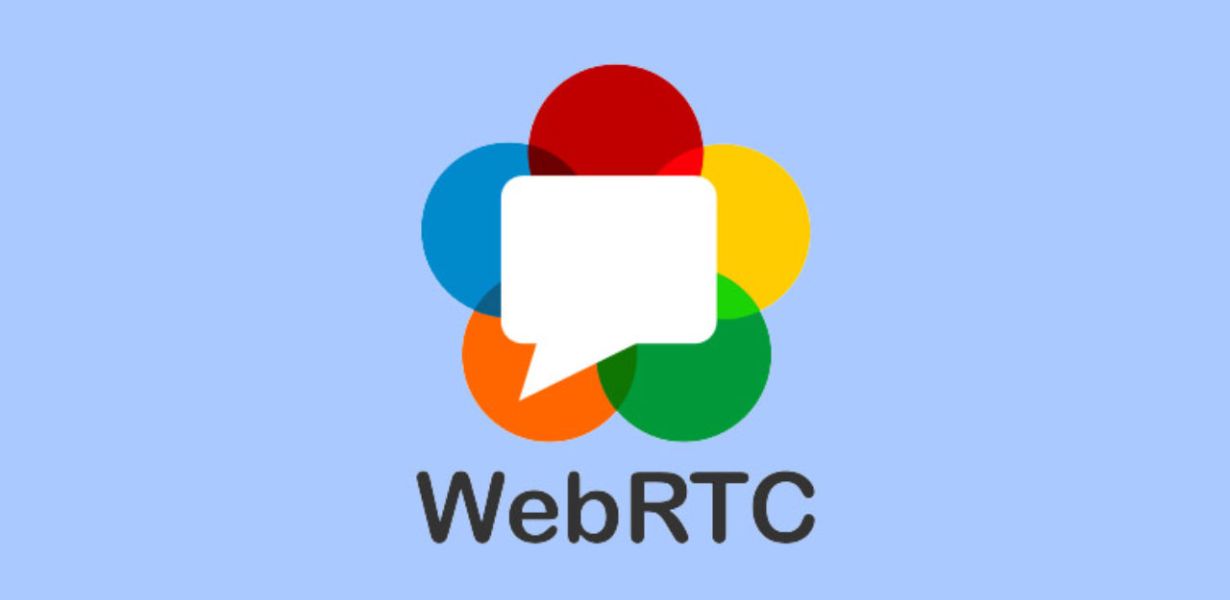
Breaking Barriers with WebRTC Mesh Networks: Revolutionizing Real-time Communication
- Post
- August 8, 2023
- Web APIs, Web Technologies, WebRTC
- 0 Comments
In today’s digitally connected world, the demand for seamless and real-time communication has never been greater. WebRTC (Web Real-Time Communication) has emerged as a powerful technology, breaking down barriers and enabling efficient communication across the web. This article delves into the intriguing world of WebRTC mesh networks, exploring their immense potential and impact on modern communication.
Introduction: The WebRTC Revolution
WebRTC, an open-source project supported by major browsers like Chrome, Firefox, and Safari, has transformed the way we communicate online. Its primary goal is to enable real-time audio, video, and data communication directly within web browsers, eliminating the need for third-party plugins or software. With WebRTC, developers have gained access to a set of powerful APIs that empower them to build innovative and interactive applications with ease.
The Inner Workings of WebRTC
At the heart of WebRTC lies its unique capability to establish direct peer-to-peer connections between users. Traditionally, data transmission on the internet involved a central server relaying information between users. WebRTC, on the other hand, introduces the concept of mesh networks, where each participant in a communication session becomes a node, capable of transmitting data directly to others.
Understanding Mesh Networks
A WebRTC mesh network is like a digital spider web, where each strand represents a connection between users. Unlike traditional communication models, where all data flows through a central point, WebRTC mesh networks distribute the data load across participants. This decentralization enhances scalability, reduces latency, and improves overall reliability. The absence of a single point of failure also makes the network more robust and resistant to disruptions.
Dynamic Network Routing
WebRTC mesh networks dynamically adapt to changes in participants and network conditions. When a new user joins a session, the network automatically establishes connections to existing participants. This self-organizing behavior ensures that communication remains uninterrupted even if some connections fail. Additionally, this decentralized approach minimizes the strain on individual connections, leading to efficient data transmission and improved user experiences.
WebRTC Mesh Networks in Action
The applications of WebRTC mesh networks span various industries, showcasing their versatility and power.
Real-time Collaboration
WebRTC mesh networks play a pivotal role in enhancing real-time collaboration tools. Video conferencing, online collaboration platforms, and virtual classrooms leverage the technology’s capabilities to provide seamless interactions among participants. Each user connects directly to others, facilitating instant communication without delays or lags.
Gaming and Entertainment
Online gaming and interactive entertainment platforms also benefit from WebRTC mesh networks. Players can engage in multiplayer games or share live streams with minimal latency. The direct peer-to-peer connections enable gamers to communicate and strategize effectively, fostering a more immersive and engaging experience.
IoT and Smart Devices
The Internet of Things (IoT) ecosystem relies on efficient communication between countless devices. WebRTC mesh networks offer a decentralized approach to IoT connectivity, enabling smart devices to communicate directly with each other. This reduces the need for constant communication with a central server, leading to faster response times and improved reliability.
Implementing WebRTC Mesh Networks: Key Considerations
While the benefits of WebRTC mesh networks are evident, implementing them requires careful planning and consideration of several factors:
Network Topology
Choosing the right network topology is essential for a successful WebRTC mesh network. Factors such as the number of participants, their geographical locations, and the required level of redundancy influence the design of the network. Developers must strike a balance between performance, scalability, and resource utilization.
Security and Privacy
Direct peer-to-peer connections raise security and privacy concerns. Developers must implement robust encryption mechanisms to protect data transmitted over the network. Additionally, strategies for authenticating participants and ensuring the integrity of communications are crucial to maintaining a secure environment.
Commonly Asked Questions
Q1: Can WebRTC mesh networks handle a large number of participants?
Absolutely. WebRTC mesh networks are designed to scale efficiently, distributing the data load among participants. This decentralization ensures that the network can handle a substantial number of users without compromising performance.
Q2: How does WebRTC handle network disruptions?
WebRTC mesh networks are resilient to network disruptions. If a connection between two participants fails, the network adapts by rerouting data through alternative paths. This dynamic routing ensures that communication remains intact even in the presence of disruptions.
Q3: Is WebRTC suitable for low-bandwidth connections?
Yes, WebRTC is optimized for various network conditions, including low-bandwidth connections. The technology adjusts the quality of media streams based on the available bandwidth, ensuring a smooth experience even in challenging network environments.
Q4: Can WebRTC mesh networks be used for file sharing?
Certainly. WebRTC mesh networks can be used for efficient file sharing among participants. The direct connections between users facilitate faster and secure data transfer without relying on a central server.
Q5: How can developers get started with WebRTC mesh networks?
Developers can start by exploring the official documentation and resources provided by the WebRTC project. There are also numerous tutorials and online communities that offer guidance and support for implementing WebRTC mesh networks.
Final Words
WebRTC mesh networks have revolutionized real-time communication by breaking down the traditional barriers of centralized communication models. The power of direct peer-to-peer connections enhances scalability, reduces latency, and offers new possibilities for various industries. As technology continues to advance, WebRTC mesh networks are set to play a pivotal role in shaping the future of online interactions. Embrace this transformative technology and unlock a new era of seamless communication.




